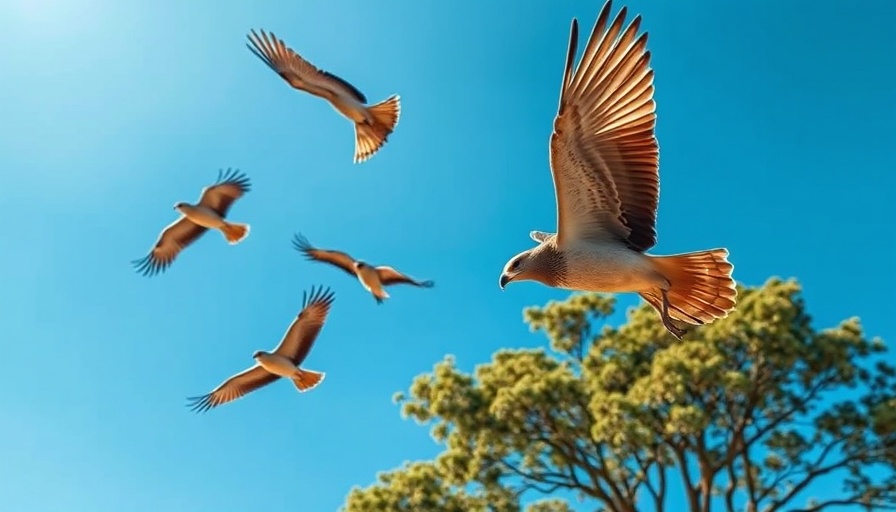
Mobbing: A Fascinating Bird Behavior
When nature calls for defense, sometimes the smallest creatures have the largest impact. The phenomenon known as mobbing occurs when smaller bird species band together to fend off larger predators. From crows dive-bombing hawks to starlings swarming above a looming eagle, these brave little birds demonstrate that unity is power.
Spring and Summer: The Best Time to Observe Mobbing
The optimal season to witness this intriguing behavior is during spring and early summer. This period coincides with the breeding season, where protecting nests and young chicks becomes paramount. As parents fiercely defend their territories, you may hear the distinctive alarm calls of swallows, reminiscent of a family rallying together in times of trouble.
Examples of Mobbing in Action
Barn swallows, often seen nesting near human dwellings, provide a classic example of mobbing. If they sense any danger encroaching on their nests—be it a curious cat or an unsuspecting human—they quickly summon fellow swallows to help drive away the threat. Their coordinated efforts are not only courageous but also effective, showcasing their tactical awareness of 'strength in numbers.'
The Sound of Strong Defenders
The cacophony of crows is often the first sign of a raptor in the area. If you hear the loud scolding of crows, it’s a clear indicator they've spotted a potential enemy, and they're rallying together to force it away from their home. This team effort demonstrates a vital strategy in their survival.
Why Mobbing Matters
Understanding mobbing behavior offers insight into not just bird life but into social dynamics in the animal kingdom. It highlights the crucial role of cooperation among species and develops a deeper appreciation for wildlife. Observing this riveting interaction brings home the idea that even the smallest can stand up to the greatest threats when united.
 Add Row
Add Row  Add
Add 




 Add Row
Add Row  Add
Add 

Write A Comment